As we come to the end of our time in Australia, we are very glad we’ve had the opportunity to see so much of this massive, exciting country, but also that we’ve had the chance to learn a little bit more about what it would be like to live here in the long term. While we still have nearly six months of travel before we have to return to rainy (or should that be blizzardy?) Brexity Britain, there are some things that we will (and other things that we won’t) miss about life down under.
- The weather
The weather in Darwin is very different to the weather in Tasmania, but overall the climate in Australia is warmer, sunnier and more consistent than the weather back in the U.K.
However, depending on where you are, the weather can also be more extreme and can cause problems. Cyclones regularly ravage northern coastal areas, while hot, dry climate of the Australian summer often leads to bush fires in the south.
Less extreme and less noticeable is that the ‘warm, sunny’ climate in Australia can actually make spending time outside more difficult. The intense sunshine, heat and humidity in the summer means that in some places, people rarely go outside at all. Warmer and sunnier weather might seem fantastic, but when it gets too hot and too sunny, it can be just as oppressive, limiting and debilitating as the cold can be in the U.K.
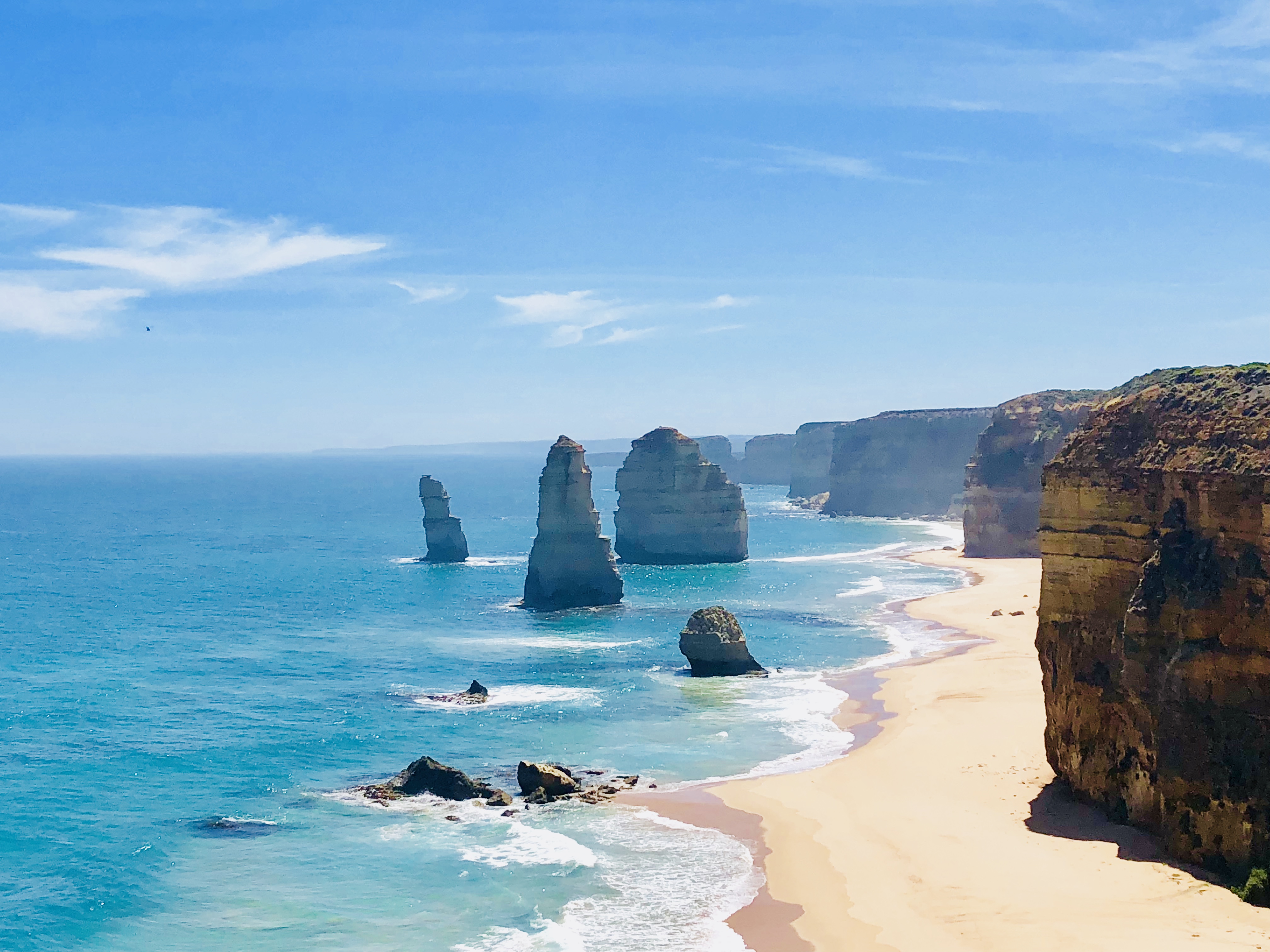
Warm and sunny day on the Great Ocean Road
- The wildlife
Australian wildlife is exciting and unfamiliar. While the UK’s natural delights include pigeons, squirrels and foxes, Australia has kangaroos, platypuses, emus, echidnas, koalas, and many more unique and interesting animals. I can’t imagine ever getting bored of Australia’s animals, and with many of them easy to spot in their natural habitat, Australia is a paradise for nature lovers.
Cuddly koalas and skippy kangaroos aren’t the only animals you can find in Australia though. Australia is also home to a number of the most deadly animals in the world. If a box jellyfish or a cone shell stings you, you might die. If a venomous snake, a funnel web spider, or a blue ringed octopus bites you, you might die. If a cassowary, shark or crocidle attacks you, you might die.
This makes enjoying Australia’s beautiful beaches and wildlife areas more challenging. The presence of the box jellyfish means that you can’t swim in the sea between May and October in large areas, while the numbers of crocodiles roaming the rivers and estuaries makes camping near water a no-go. Australian wildlife may be more exciting than what we have back in the UK, but it’s also a lot more likely to kill you.
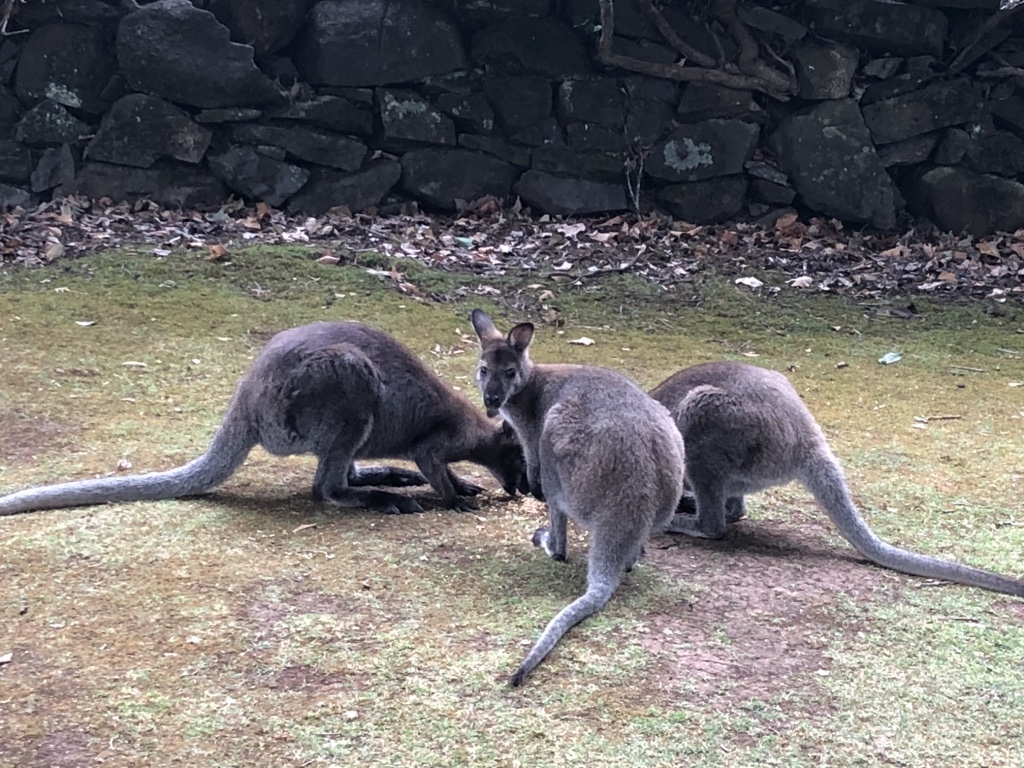
Wallabies are cute and fun
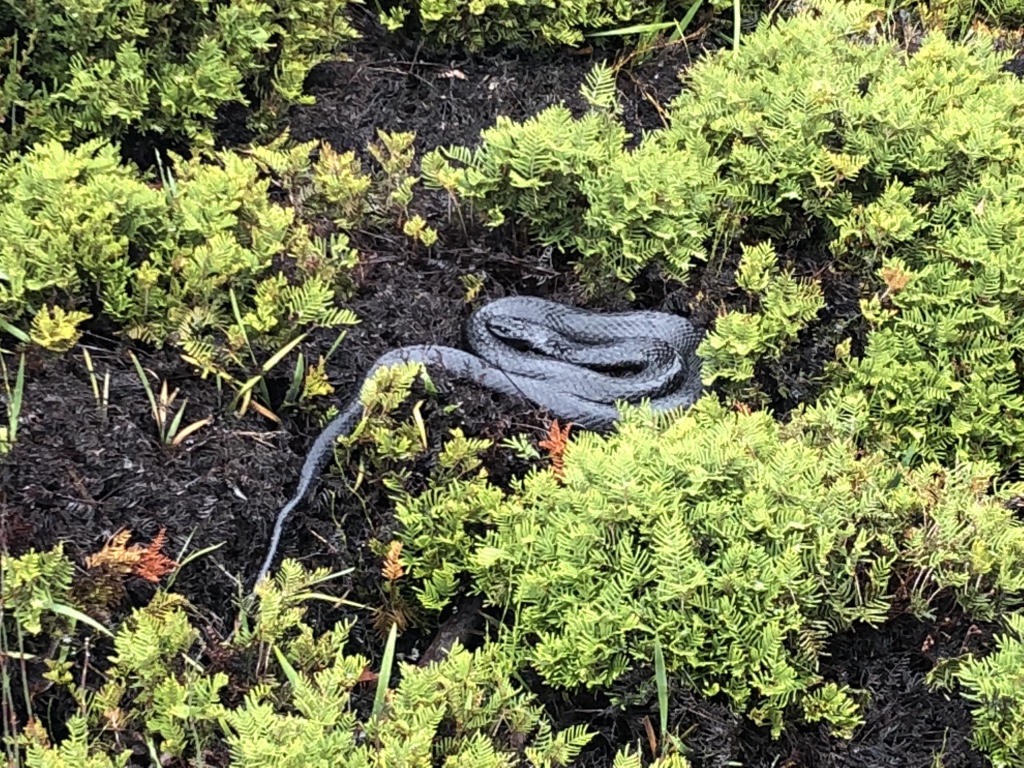
Snakes… not so much
- The space
With a population of 24 million (compared to 65 million in the UK), and a population density of 3 people per square kilometer (compared to 295 people per square kilometer in the UK), Australia is much less crowded than Britain. This has a number of benefits: houses are bigger, less squashed together and much more affordable; traffic is virtually non-existent, it’s never hard to find a parking space for your car, the air is fresher and less polluted, and the lifestyle is generally more peaceful and relaxed.
It’s also a lot harder to get around, the distances between places are much bigger, and there’s a lot of nothing. Outside of major cities, public transport is a fiction, and markers of civilization are virtually non-existent. Driving around Tasmania and even up the east coast, Shane and I would frequently drive vast distances without seeing a single building or another vehicle, and the Northern Territory and Western Australia are more remote still. When the main road up the coast was closed due to flooding, we thought we could just “go another way”, but in Australia there is no other way.
Such vast distances and remote locations have other consequences too. Living hundreds of kilometers from anyone else might sound like an introvert’s dream, but it’s extremely isolating, and difficult to get access to what we might consider to be ‘basic’ services in the UK, such as electricity and wifi. Of course, if you want to live the life of a hermit, the Australian wilderness might just be the perfect place, but you can forget about ever ordering a pizza for delivery again.
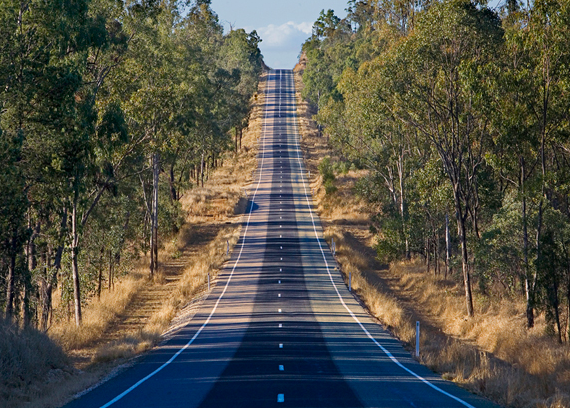
Nothingness – ‘The Great Inland Way’
- The capsicums
In Australia, peppers are called ‘capsicums’. I still don’t know why. They are also really expensive. Australians have a reputation for living a healthy, active, outdoorsy lifestyle, and while sport and physical activity are a prominent part of Australian culture, the proportion of people who are overweight or obese is actually higher than in the U.K.
This may be in part due to the price of healthy food. In Australia, you can get a BBQ cheeseburger at Hungry Jacks for $2 (or for free using some straightforward couponing), you can get a large domino’s pizza for $5, or you can cook your own food, for a small fortune. A pack of three small capsicums (peppers) cost $9. Or a small lettuce costs $3.50. You could buy four large domino’s pizzas for the cost of a salad.
At first glance, Australia seems like a public health paradise, but with stark inequality (especially between the indigenous population and the European settlers), a lack of active travel options outside of major cities, and the extortionate cost of healthy food, the healthy choice is never the easy choice.
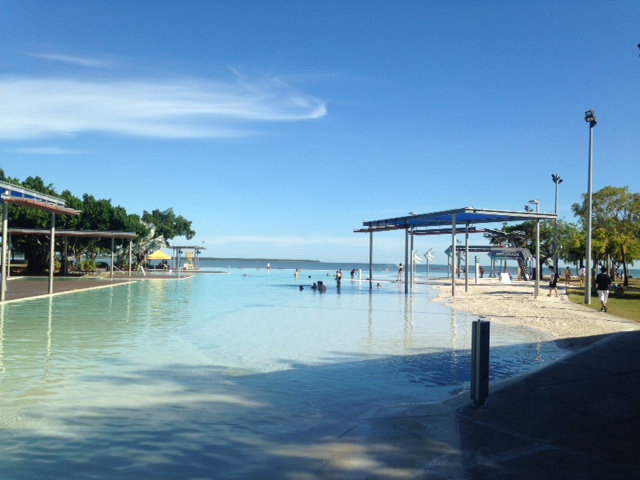
Free swimming lagoon in the centre of Cairns
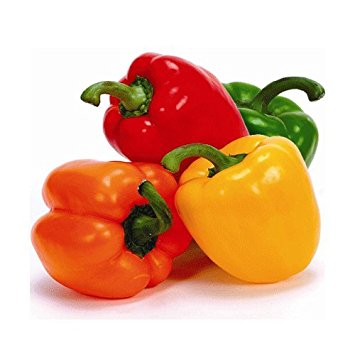
Very expensive capsicums / peppers
- The culture
One perceived disadvantage about life in Australia that some people have mentioned to us during our time here is the seeming lack of Australian history or culture. It is true that there aren’t many old buildings around (yesterday Shane and I visited an ‘historic’ church built in 1989. Yes, the ‘historic’ church was the same age as me), there aren’t many records of Australian history before Captain Cook arrived in 1770, and as much of the culture is derived from Britain, it doesn’t always feel that ‘different’ or ‘interesting’.
However, I would disagree that Australia is a cultural void. Evidence of Aboriginal art dates back 30,000 years, and the Aboriginal and Torres Strait Islander cultural traditions are some of the oldest surviving traditions on Earth. The art, music and belief systems of Aboriginal Australians are unique, and inventions such as the boomerang and didgeridoo have become Australian icons.
The recent history and culture of Australia is also incredibly interesting and diverse, and is influenced by the geography and landscape, the convict history, and migration from a range of different countries. From Aboriginal rock art to the laidback ‘no worries’ attitude of modern Australians, it would be wrong to suggest that there isn’t a rich history and unique culture in Australia.
While it is fun to appreciate the relaxed, laidback Australian way, as someone who isn’t particularly relaxed or laidback, living here would be a bit like putting a square peg in a round hole. Over time, perhaps I would adapt, unwind and become a more easygoing soul. Or perhaps I would grow increasingly frustrated and miss the edginess of Britain. After all, there’s no place like home.

There’s no place like home!
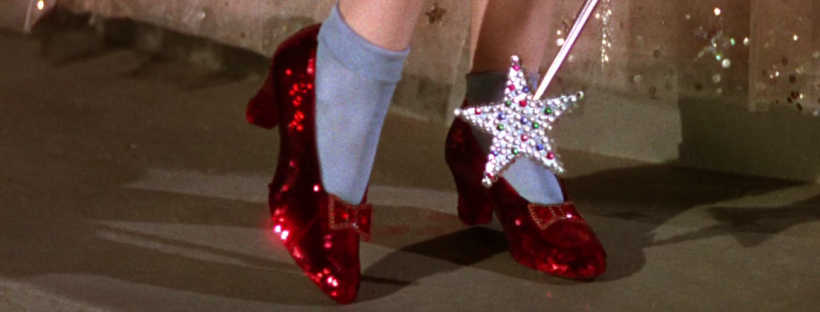
London isn’t always rainy – 24 C and sunny forecast for tomorrow, and 26C on Thursday!